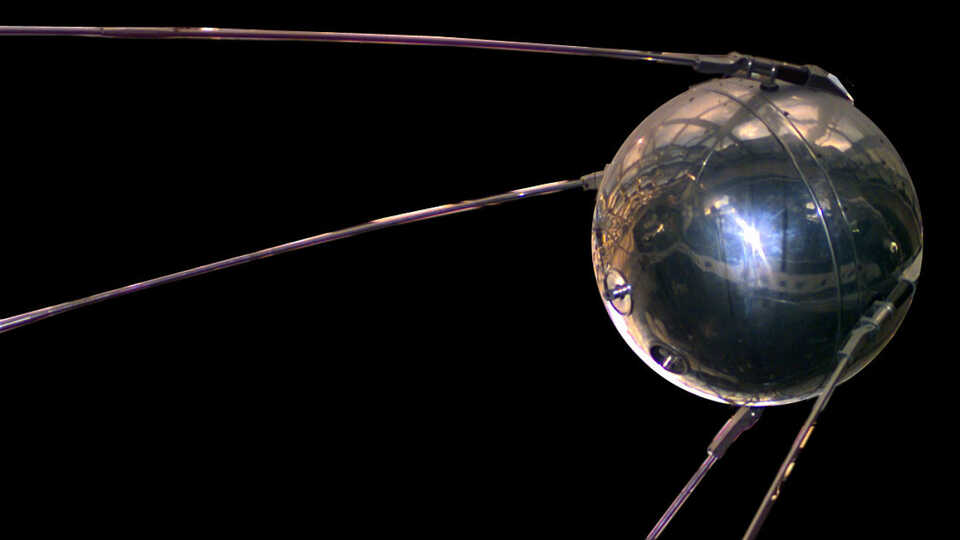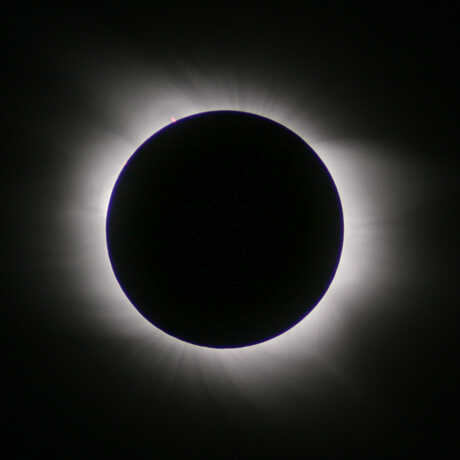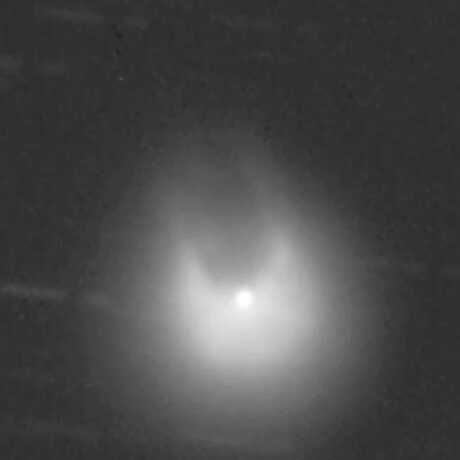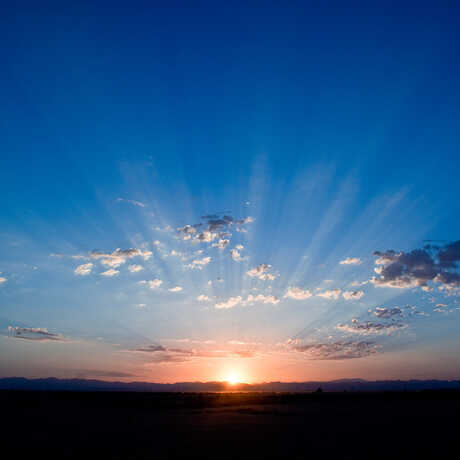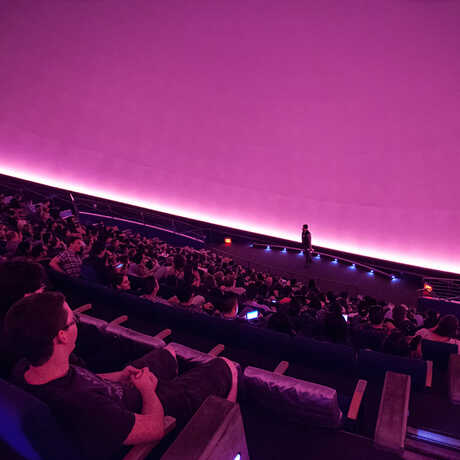Skywatchers and eclipse-chasers have been eagerly waiting the total solar eclipse of April 8, whose shadow path runs across the eastern United States, starting from central Mexico and crossing into Texas, then heads northeastward through parts of Oklahoma, Arkansas, Missouri, Illinois, Indiana, Ohio, Pennsylvania, New York, Vermont, and Maine. Some part of the eclipse will be seen from all of the contiguous US, depending on how far from the main path observers are located, but only observers on the narrow path of the inner shadow, or umbra, will experience totality. This is when the Sun's disk is completely hidden from view and the Sun's ghostly corona is visible for several minutes.
Discover more about this eclipse at https://www.greatamericaneclipse.com/april-8-2024 and on our eclipse page. Compared to the total eclipse of 2017, this time the path of totality passes over more major cities and crosses generally more accessible territory, with the added bonus of longer totality, particularly in Mexico and Texas. With those factors on its side, April's event—weather-permitting, as always—is expected to "eclipse" 2017's event in the number of skywatchers who will be able to see it.
